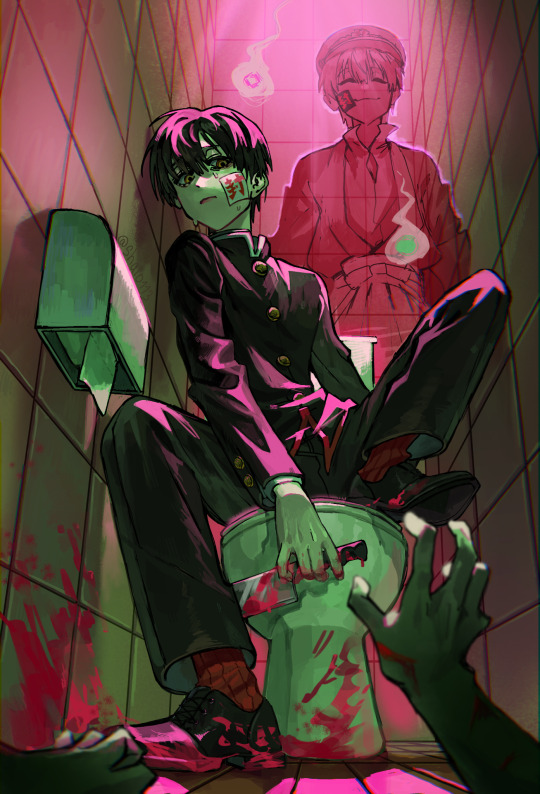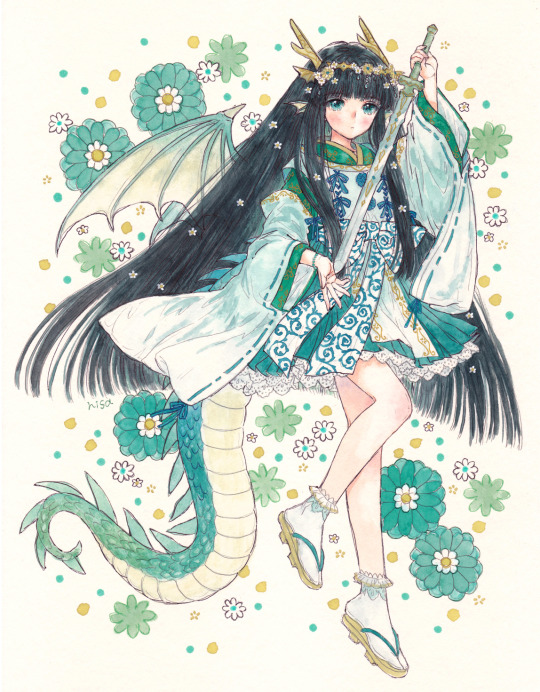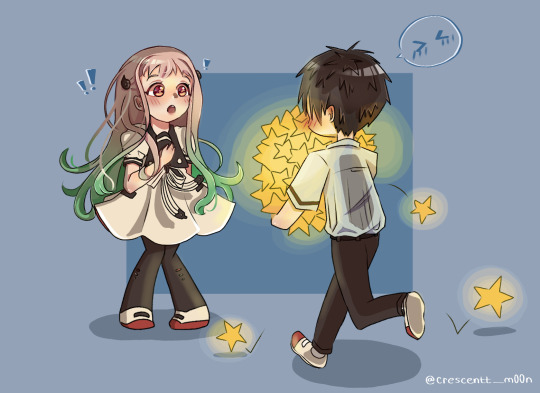#子年
Explore tagged Tumblr posts
Text
ネドシ

「子年」は、中国の伝統的な干支サイクルの 1 年です。干支カレンダーは 12 年のサイクルに従い、各年は特定の動物によって表されます。子年はネズミまたはラットを表し、12 年のサイクル内の最初の年です。新しい始まり、繁栄、活力の時代と考えられています。ネズミは中国文化において機知と適応性と関連しているため、子年は機知、創造性、新しい機会を象徴すると信じられています。
手抜きイラスト集
#子年#year of the rat#anno del topo#año de la rata#Jahr der Ratte#année du rat#手抜きイラスト#Japonais#bearbench#art#artwork#illustration#painting
4 notes
·
View notes
Photo


「ねずみ年🐀」のキャラ、"シチュ"です。 全力お節介くん。 Sichu, the god of the year of the mouse. He is a meddler at all costs. -Year of the Rat Zodiac characterization-
#子年#ねずみ#rat#yearoftherat#暦#干支#イラスト#ChineseZodiac#illustration#art#drawing#characterdesign#calendar#heritage
2 notes
·
View notes
Text

Year of the dragon 2024
24K notes
·
View notes
Text

hi 👻
4K notes
·
View notes
Text

冬にすいこまれる
#オリジナル#イラスト#女の子#illustration#インテリア#新年#あけましておめでとうございます#謹賀新年#正月#こたつ#一人鍋#鍋#もつ鍋#秋田#巳年#ヘビ#秋田犬#なまはげ#かまくら#灯油ストーブ
714 notes
·
View notes
Text


600 notes
·
View notes
Text

🐉2024🩷
1K notes
·
View notes
Text


#rodydeku#rodeku#rddk#izurody#rodyizu#bnha#mha#rody soul#izuku midoriya#midoriya izuku#world heroes mission#whm#boku no hero academia#僕のヒーローアカデミア#出ロデ#出ロディ#ロデ出#🥦✈️#✈️🥦#tbhk#jshk#toilet bound hanako kun#jibaku shounen hanako kun#地縛少年花子くん
135 notes
·
View notes
Text

这腿你就不想看一下?
181 notes
·
View notes
Text

あけましておめでとうございます!本年もよろしくお願いいたします。
774 notes
·
View notes
Text
“ everyone adores you ▄▄



▄▄ at least I do ”






#toilet bound hanako kun#tbhk#tbhk manga#jshk#tbhk yashiro#jshk yashiro#yashiro nene#tbhk hanako#jshk hanako#hanako kun#amane yugi#yugi amane#hanako x yashiro#hananene#𓏴 zs faves#byaein#I can’t do this anymore#THEY ARE MY EVERYTHING#地縛少年花子君 ─── TBHK
110 notes
·
View notes
Text

Help a bro out. Help a fandom out. We NEED the Korean yuri Kazeki.
#70s manga#vintage shoujo#retro shoujo#70s shoujo#24年組#year 24 group#takemiya keiko#keiko takemiya#竹宮 惠子#竹宮恵子#kaze to ki no uta#風と木の詩#the poem of the wind and the trees#kazeki#manhwa#I need something to cope until France finally releases their Kazeki edition#Manga hunting#Bootleg manga
91 notes
·
View notes
Photo










One of the Clock Keppers, first of the Seven Wonders: Aoi Akane-kun. - Jibaku Shounen Hanako-kun S2 - Episode 1
#Jibaku Shounen Hanako kun#jshkedit#地縛少年花子くん#Toilet Bound Hanako kun#Aoi Akane#Hanako kun#Nene Yashiro#Kou Minamoto#Akane Aoi#Yashiro Nene#Minamoto Kou#my gifs#my post#long post
136 notes
·
View notes
Text

新年明けましておめでとうございます🎍HappyNewYear2025
さくら×いちご和茶の妖精🌸Sakura x Strawberry Japanese Tea Fairy
#イラスト#illustration#女の子#オリジナル#創作#女の子イラスト#年賀状#年賀状イラスト#お正月#お正月イラスト#着物#和#happy new year#明けましておめでとう#girlsillustration#cute girls#cute art
93 notes
·
View notes
Text

art for zina, I've been drawing it for a very long time, I hope you'll appreciate it 😔🙏
the arch of the Red House 🧸🩸
1K notes
·
View notes
Text

If I could give you all the stars in the sky, I would. 💛✨
HanaNene Week day 6 - stars ✨ // seashells 🐚
#toilet bound hanako kun#tbhk#jibaku shounen hanako kun#jshk#yashiro nene#amane yugi#yugi amane#nene yashiro#hananene#hananene week#tbhk amane#tbhk yashiro#hananeneweek2024#tbhk fanart#digital art#crescentm00n_art#地縛少年花子くん
344 notes
·
View notes